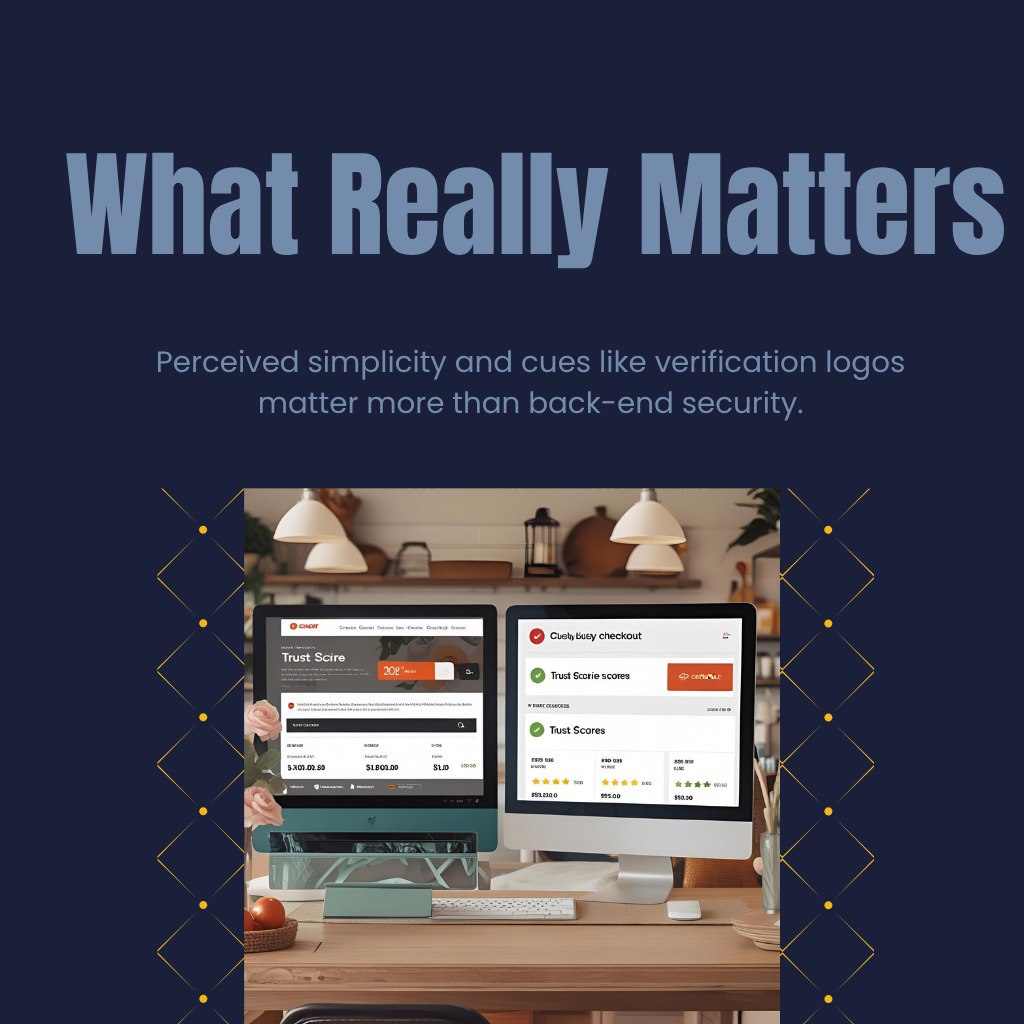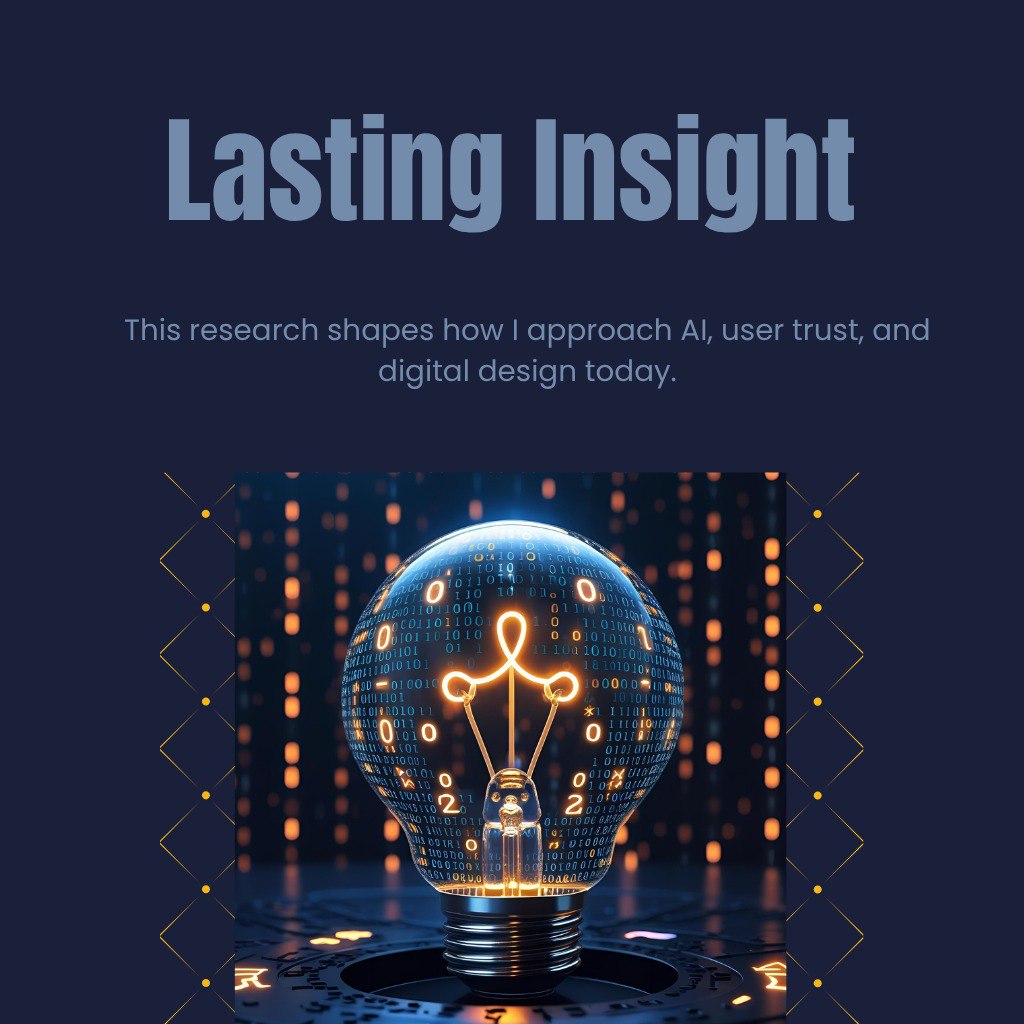Trust, Perception & Cybersecurity in E-Commerce
The Problem: Despite increasing investment in digital security, many e-commerce platforms struggle to convert first-time users especially in markets where online fraud and trust deficits are high. The relationship between perceived security and actual user behavior remains underexplored.
The Work
25,000-word Dissertation (Completed 105 Days Early)
Explored how consumer behavior is shaped by digital risk, with a focus on trust in cybersecurity tools and e-commerce systems.
Relevance to Education: Provides a foundation for understanding digital trust, privacy and perception of risk in student data systems and edtech platforms.
The Insight
The findings showed that perceived security rather than actual security protocols had the most significant impact on user trust and intent to purchase. Design simplicity, familiar verification patterns and contextual cues were more powerful than technical complexity. This reinforced the need for human-centered cybersecurity design, especially in low-trust digital economies.

Why It Matters
This work laid the foundation for my broader interest in user-centered AI and ethical systems design, especially in environments where data misuse, trust gaps and digital exclusion are real threats. It also trained me to think critically about how systems succeed or fail based on perception, not just functionality.


Tools Used
- SPSS
- Google Forms
- Excel (statistical modeling)
- Academic referencing tools (Zotero)
- Microsoft Word
- Canva (dissertation presentation)
Skills Highlighted
- Primary research design
- Behavioral analysis
- Statistical reporting
- Trust modeling
- Digital psychology
- Academic literature writing
- E-commerce ecosystem analysis

